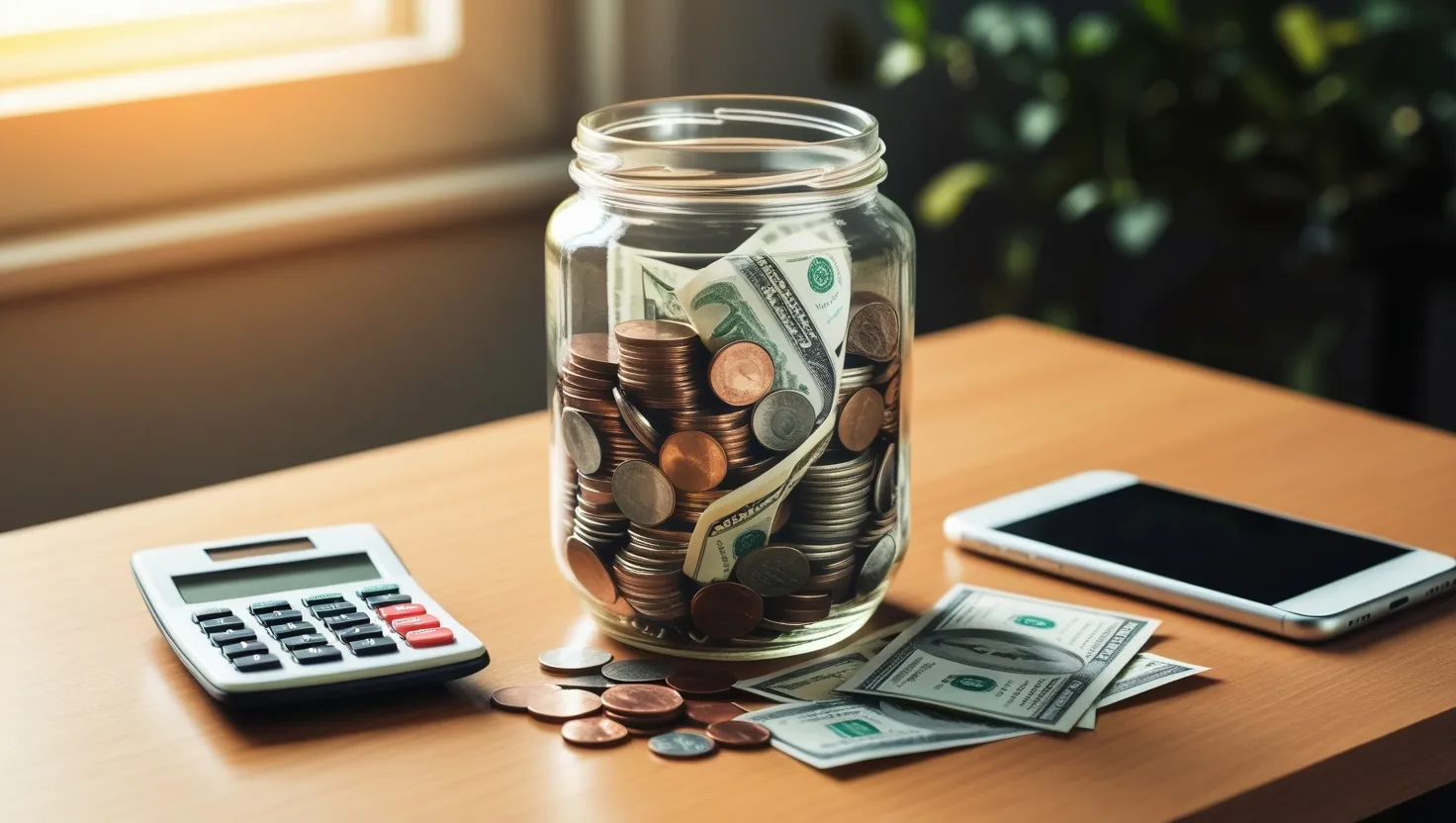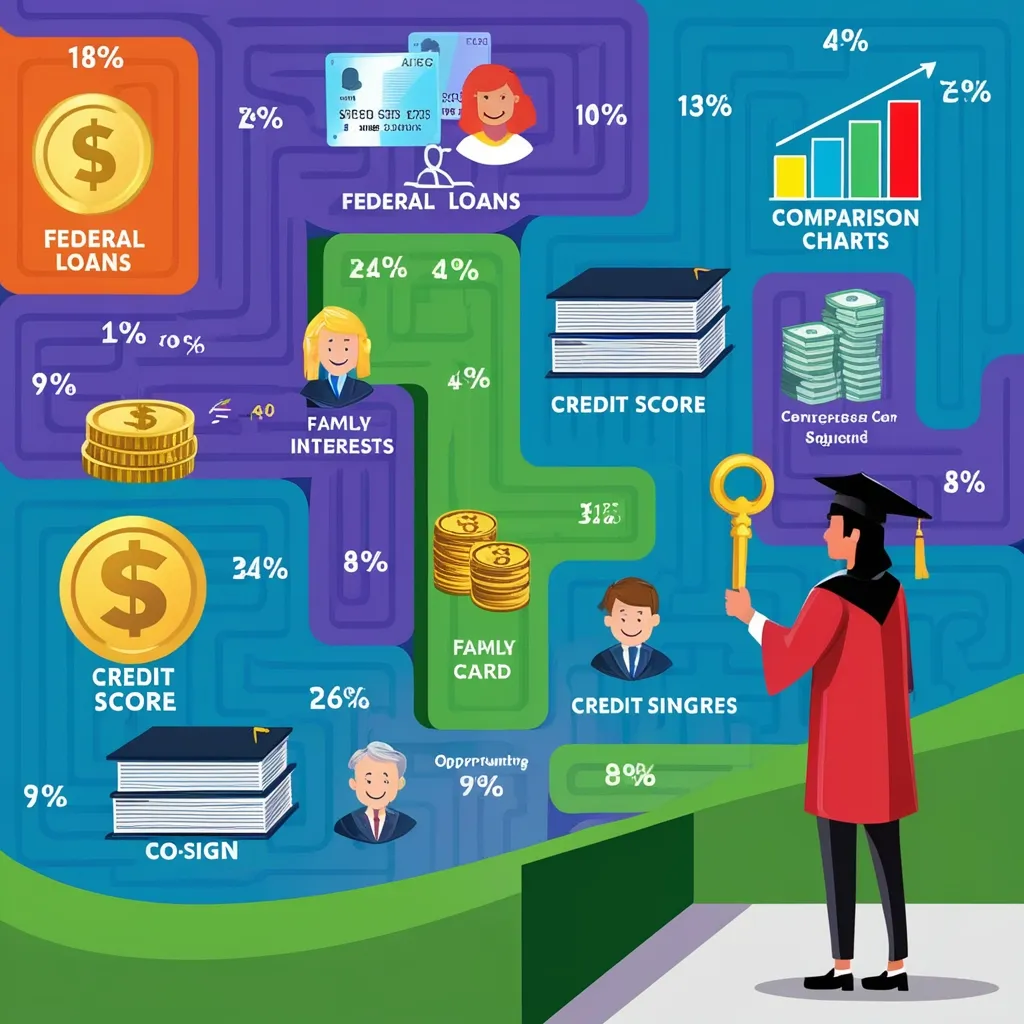If someone told you that the secret to building significant wealth lay not in grand gestures but in the hundred little financial “accidents” that happen each year, would you believe it? Most people overlook the power of small, unexpected sums: the cashback from a purchase you’d already forgotten, the $12 rebate for a slow-shipped item, the $8 left over on a prepaid card, or the $20 refund for price protection after a sale. These micro-windfalls seem trivial in isolation, but together, they possess the raw potential to transform your savings trajectory in ways most never notice—unless you put a system in place.
Money often leaks out of our lives in tiny, invisible drips. It’s easy to say, “It’s just a few dollars, so I’ll buy a coffee,” or, “I’ll let that credit sit—I’ll use it someday.” And that’s the heart of the problem. We rarely do. What if every minor, unbudgeted dollar worked as hard as our planned investments or salary? That’s where micro-windfall capture steps in, offering a systematic approach to harnessing these funds.
Here’s the first step: open a dedicated “windfall holding account.” Make it a high-yield savings account with a separate institution or under a nickname so it feels distinct from your everyday money. All bonuses, rebates, unexpected checks, returned deposits, and found cash should find their way here. Automate transfers where possible—if your credit card sends cashback, set up an automatic move on arrival.
Why bother segregating these funds? Simple. If they blend into your main account, they’re easily spent. But separately, they assume new importance. Behavioral scientists call this mental accounting—when we treat money differently depending on its source or label.
But how do you manage the constant trickle? Implement what I call the “$50 threshold rule.” Don’t move money into investments or other uses until your windfall holding account hits at least $50. It minimizes small transaction fees and, more importantly, creates a sense of achievement each time you cross the threshold. The anticipation builds, and you get a small hit of satisfaction when it’s time to allocate—a reward in itself.
“Beware of little expenses. A small leak will sink a great ship.” — Benjamin Franklin
Once you hit that $50 mark, allocate using a simple formula: 70% to immediate investments, 10% to charitable giving, and 20% for guilt-free spending. This tiered approach is surprisingly powerful. The investment chunk builds wealth, the giving portion keeps generosity in your routine, and the guilt-free share allows you to enjoy the process. The small pleasures funded by found money carry none of the usual buyer’s remorse.
A crucial advantage here is automation. Most modern banks let you set up rules: “If balance exceeds $50, send 70% to my brokerage account, 10% to my donations fund, and 20% to my fun money.” Let technology do the heavy lifting and save your willpower for other things. Automation also prevents the perpetual internal debate—should I invest it, spend it, or just let it sit? The system answers for you.
People often ignore the new sources of micro-windfalls born out of the digital age: app store refunds, overpayment reimbursements, shipping insurance claims, and price adjustment credits. These are sometimes $3 here, $10 there, but add up over time. Set up notifications so you spot these credits, and arrange for automatic capture or transfers. These are as real as physical cash—don’t let them slip by simply because they’re electronic.
I also recommend supercharging the old “round-up” savings trick. Instead of rounding up purchases to the nearest dollar, why not to the next $5? Each transaction contributes a little more—pain-free, but with a noticeable cumulative effect over a month or quarter. Banks and fintech apps now make this kind of rule straightforward to set up. The slightly larger increments create meaningful sums faster, feeding your windfall account in less time.
“Do not save what is left after spending, but spend what is left after saving.” — Warren Buffett
Quarterly, make it a ritual to perform a “windfall audit.” Review all the corners where forgotten value might lurk: unused gift cards, dormant loyalty points, lingering balances in random payment apps, or uncashed checks. Consolidate and convert these into your main windfall account. Most people don’t realize just how much money trickles away in these overlooked places. Over a year, these forgotten sources can rival your planned savings.
What drives the power of this approach is not any single windfall, but the relentless discipline to capture every stray dollar. Someone who catches just $15 a week will see $780 captured and invested annually—a sum that grows to more than $12,000 in a decade at a modest 7% return. It’s a windfall’s compounding effect, magnified by consistency.
Here’s a question for you: When was the last time you actually used the reward points from a random purchase, or took the effort to cash a small check from an insurance reimbursement? Most people forget or put it off, losing small opportunities for growth. What if you turned those into automatic wins for your future self?
What fascinates me about micro-windfall capture is not only the math, but the psychology. Tiny sums of money don’t trigger the same careful decision-making as a paycheck. They’re “unexpected,” so we don’t notice them. By creating a habit and a structure, we transform what would have been fleeting, inconsequential, or simply forgotten into a constant engine of wealth acceleration.
Does this sound like a lot of effort for small results? That’s the trick: set it up once, and the system runs itself. If you’re worried about missing out on lifestyle, remember that the allocation method honors both giving and guilt-free spending. In a sense, you’re buying yourself peace of mind, charitable impact, and a better financial future—without the pain of harsh budgeting.
Here’s a little-known perspective: Micro-windfall capture isn’t just about savings, but also about practicing opportunity recognition. When you tune your mind to spot small, “invisible” financial opportunities, you become better at seeing all kinds of value—time, ideas, connections—that others ignore. Over years, the habit of capturing and optimizing the small inevitably leads you to notice, and seize, larger opportunities as well.
“Great things are not done by impulse, but by a series of small things brought together.” — Vincent van Gogh
The beauty of this approach is its universality. Whether you’re just starting out, a seasoned investor, or even coaching kids about money, the structure scales to any level. And as our financial lives become more fragmented—with dozens of payment apps, increasing digital transactions, and constant small credits—the importance of a micro-windfall capture system only grows.
Let’s pause and reflect: How would your finances look if you’d captured every stray dollar from the past five years? Even if you think you live paycheck to paycheck, these little sums can surprise you. They’re not a lottery ticket, but a reliable nudge toward better habits.
So, what’s stopping you from starting? The mechanics are easy, and most of the rules can be set up in an afternoon. The real challenge is remembering to treat every dollar with respect, regardless of how it arrives. And perhaps that’s the wisest financial habit of all.
“Success is the sum of small efforts, repeated day in and day out.” — Robert Collier
The next time you spot $5 credited back to your card, an unused $9 gift card, or a $7 refund from a shipment gone wrong, pause before spending without thinking. With a few simple steps, these micro-windfalls become the silent engine behind real, meaningful growth. You’re not just collecting spare change—you’re building a foundation, one overlooked dollar at a time. And in the world of wealth, those small wins add up to something far bigger than the sum of their parts.






